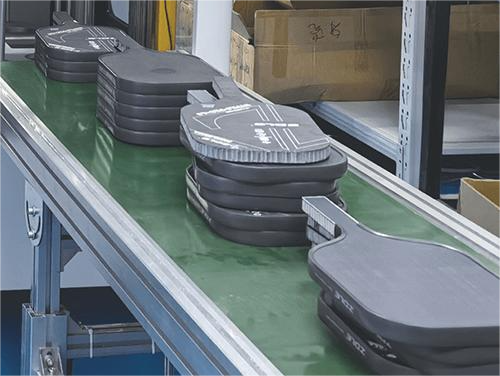Automated hemming has long been applied in large-scale automotive manufacturing. However, many small-batch production businesses now wonder: Is automated hemming suitable for small-batch production?
Hemming automation, also called robotic hemming or precision sheet metal folding, reduces labor costs and ensures consistency. Similar to lead-free compliance standards in electronics, automated hemming follows strict quality requirements. Small production runs demand flexibility, lower costs, and higher output.
In this article, we explore key pain points, analyze solutions, and show how automated hemming supports small-batch manufacturers.
High Labor Costs in Small-Batch Hemming
Manual hemming requires skilled labor. In small-batch production, this cost can be disproportionately high. Skilled workers often spend extra time ensuring precision, raising the cost per part.
Automated hemming reduces dependency on manual skills. A robot or CNC hemming system provides repeatable accuracy, even for small orders. This automation allows manufacturers to control costs without compromising quality.
Inconsistent Quality in Manual Hemming
Small-batch sheet metal fabrication often struggles with consistency. Manual hemming introduces variations in fold strength, alignment, and edge finish. Customers demand uniform results, even in low-volume runs.
Automated hemming ensures every bend meets precise tolerances. By replacing manual errors with machine consistency, businesses achieve higher customer satisfaction. The result is reduced scrap, fewer defects, and repeatable results.

Slow Turnaround Time for Custom Projects
In small-batch production, customers often request quick delivery. Manual hemming slows down projects, as operators adjust tools for every variation. Delays directly impact competitiveness.
Automated hemming accelerates throughput. Robots and CNC hemming systems adapt quickly to design changes. With flexible programming, one machine handles multiple part geometries without excessive setup time.
Difficulty Scaling Production Volumes
Businesses handling small batches may later expand to mid-volume runs. Manual hemming struggles to scale efficiently. More workers are needed, increasing complexity.
Automated hemming systems scale production effortlessly. Once programmed, the same system handles low, medium, or high volumes with minimal adjustment. This flexibility makes automation a long-term investment.
Limited Access to Skilled Operators
Many industries face shortages of trained hemming specialists. Small-batch shops often cannot attract or retain such talent. Training new staff increases cost and delays production.
Automation reduces reliance on scarce skills. By adopting automated hemming, small shops gain independence from labor shortages while maintaining quality.
Technical Solution – Data-Driven Automated Hemming
Automated hemming integrates sensors, precision tooling, and robotics. These systems achieve tolerance levels as low as ±0.2 mm. Studies show automated hemming reduces cycle times by 40% compared to manual processes.
Furthermore, automated systems can record process data. This traceability improves quality control and compliance with industry standards.
A reliable partner for automatic pickleball edge wrapping machines. By outsourcing tooling and setup to experts, manufacturers improve output rates and ensure product quality.
Benefits of Automated Hemming in Small-Batch Production
Cost Reduction – Lower labor costs, reduced scrap.
Flexibility – Easy adjustments for multiple geometries.
Scalability – Smooth transition from small to larger runs.
Consistency – Uniform quality across all parts.
Speed – Faster turnaround for customer projects.
Conclusion
So, is automated hemming suitable for small-batch production? The answer is yes. Automated hemming reduces costs, ensures consistency, and improves delivery speed. It also prepares businesses for future growth.
Small-batch manufacturers should consider investing in automated hemming to remain competitive. Choose a reliable partner for pickleball automatic edge wrapping machines, increases product yield, and guarantees long-term quality.
To explore more solutions, visit our product-category .

